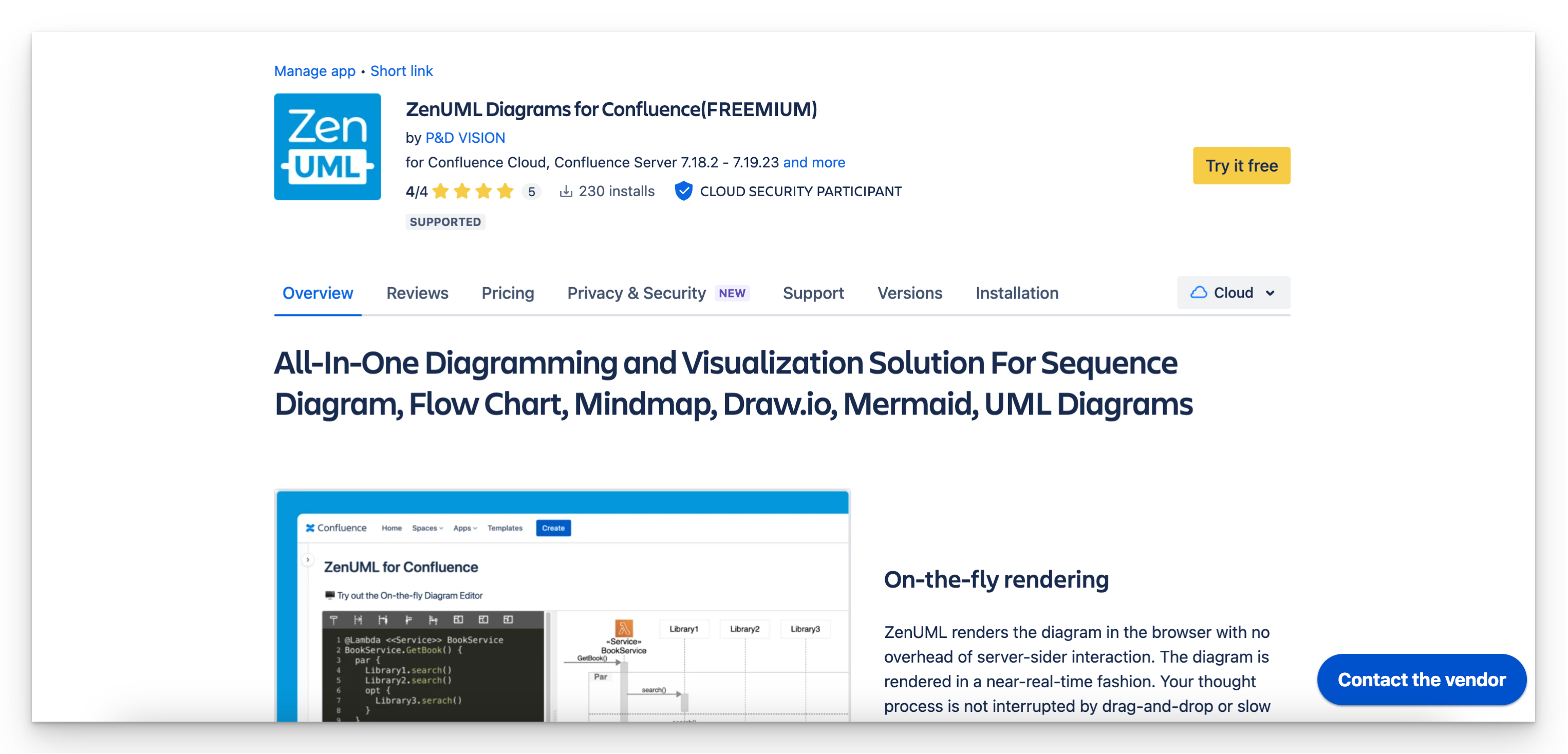Introduction
In the ever-evolving world of project management, one of the most crucial aspects of success is effective communication and structure. Enter sequence diagrams – a reliable tool that provides clarity in illustrating the flow of processes, improving collaboration, and ensuring project goals are met efficiently. Sequence diagrams, a subset of UML (Unified Modeling Language) diagrams, simplify complex project workflows into easy-to-grasp visual formats.
Would you believe that well-documented visuals, such as sequence diagrams, can boost team productivity by up to 33%? According to a study by Project Management Institute (PMI), projects with clearly communicated workflows are 40% more likely to succeed. So, whether you’re managing legacy systems or working on groundbreaking software designs, sequence diagrams can be the cornerstone of your project management strategy.
In this blog, we'll discuss sequence diagrams and how they’re pivotal in delivering successful projects. Along the way, we'll include examples that make adopting this concept easier for your own initiatives.


